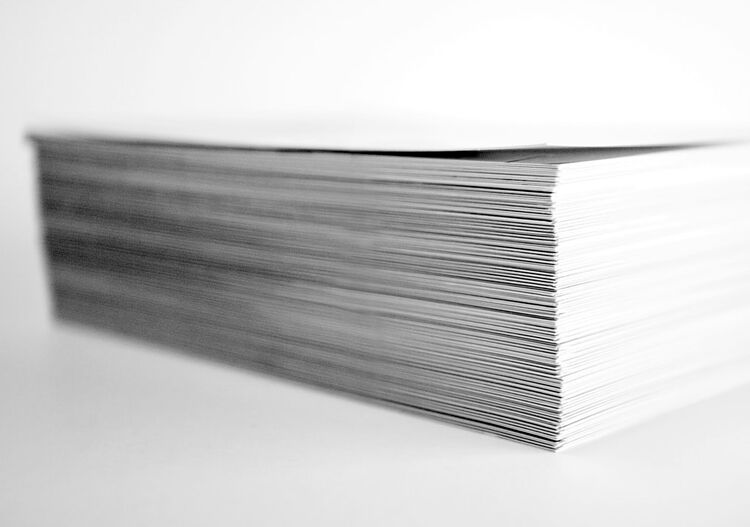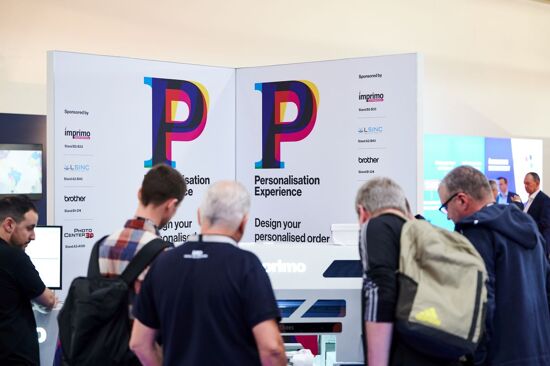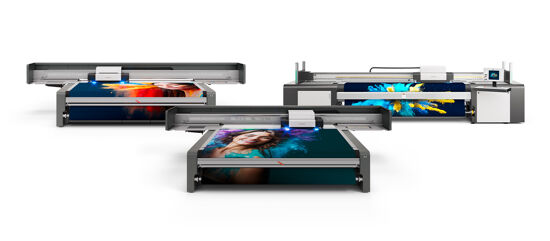European Union reclassifying papers

Laurel Brunner discusses how The EU will merge two seperate classifications for graphic paper nad newsprint paper. The rationale is that this merge will reflect scientific and market developments.
The European Union (EU) has a special board that, among other things that determines evaluation criteria for the EU Ecolabel for products and services. In January 2019 the outcome of their latest chat was published and makes for interesting reading (yes, really). Instead of having two separate classifications for copying and graphic paper, and newsprint paper, the two are to be merged to form a single product group called graphic paper to sit alongside the other product group which is tissue and tissue-based products. The rationale for this is that the merging of graphic paper and newsprint reflects “scientific and market developments”, i.e. decline. The Commission Decision also removes the limit on weight that applied to the older product groups, so it now includes a wider range of more rigid papers.
The new classifications are about improving material efficiency, but the decision also includes a ban on the use of certain hazardous chemicals. Graphic and tissue paper products can no longer include Substances of Very High Concern (SVHCs) nor can they have metal-based pigments and dyes. SVHCs are chemicals which can cause cancer or genetic mutations, are toxic for reproduction, or that accumulate in organisms. SVHCs include chemicals such mercury and chlorine still used for bleaching in paper making.
The EU’s goal is also to reduce manufacturing emissions in papers that qualify for the EU Ecolabel, and the changes are intended to reflect innovations in paper manufacturing and recycling. The goal is to continue to improve pulp and paper processing to reduce the emission of polluting substances which contribute to climate change. It’s all about smoothing the transition to a more circular economy and encouraging less waste and pollution originating with pulp and paper making.
The EU’s decision is not likely to have an immediate and direct impact on printers and publishers. However, it will require changes in the processing of recycled prints and in the making of new recycled papers. There is a fair to middling chance that the decision could reduce supply, which will inevitably lead to price rises. The other possible outcome, and the one intended, is to encourage pulp and paper makers to improve their processes and recipes to be more environmentally friendly.
Source: This article was produced by the Verdigris Project, an industry initiative intended to raise awareness of print’s positive environmental impact. This weekly commentary helps printing companies keep up to date with environmental standards, and how environmentally friendly business management can help improve their bottom lines. Verdigris is supported by the following companies: Agfa Graphics, EFI, Fespa, HP, Kodak, Kornit, Ricoh, Spindrift, Splash PR, Unity Publishing and Xeikon.
Topics
Interested in joining our community?
Enquire today about joining your local FESPA Association or FESPA Direct
Recent news

Personalisation Experience returns for its third edition
Personalisation Experience is back for its third edition, taking place from 6-9 May 2025 at Messe Berlin, Germany. At the event, visitors wishing to discover the latest innovations in personalisation technology, as well as trends, will be able to explore innovations from a wide range of exhibitors and engage with thought leaders.

swissQprint to launch new flatbed range at FESPA Global Print Expo 2025
At FESPA Global Print Expo 2025 in Berlin, swissQprint will unveil its redesigned flatbed printer range, boasting a 23% output increase and 10 color channels. The Karibu roll-to-roll printer and diverse applications will also be showcased.

Global exhibitor line-up confirmed for FESPA Global Print Expo 2025 and co-located events
FESPA Global Print Expo, European Sign Expo and Personalisation Experience (6 - 9 May 2025, Messe Berlin, Germany) will welcome over 550 new and returning exhibitors from over 36 countries, already surpassing exhibitor numbers from last year’s events.

How is Smart Manufacturing Transforming Fashion and Apparel Manufacture?
Debbie McKeegan explores the paradigm shift in the fashion industry from fast fashion to personalised fashion, highlighting the technical challenges, solutions, and operational benefits for the manufacturing community. Debbie speaks to experts Oliver Mustoe-Playfair from Prinfab, Phil McMullin of Epson UK and Guy Alroy of Early Vision.